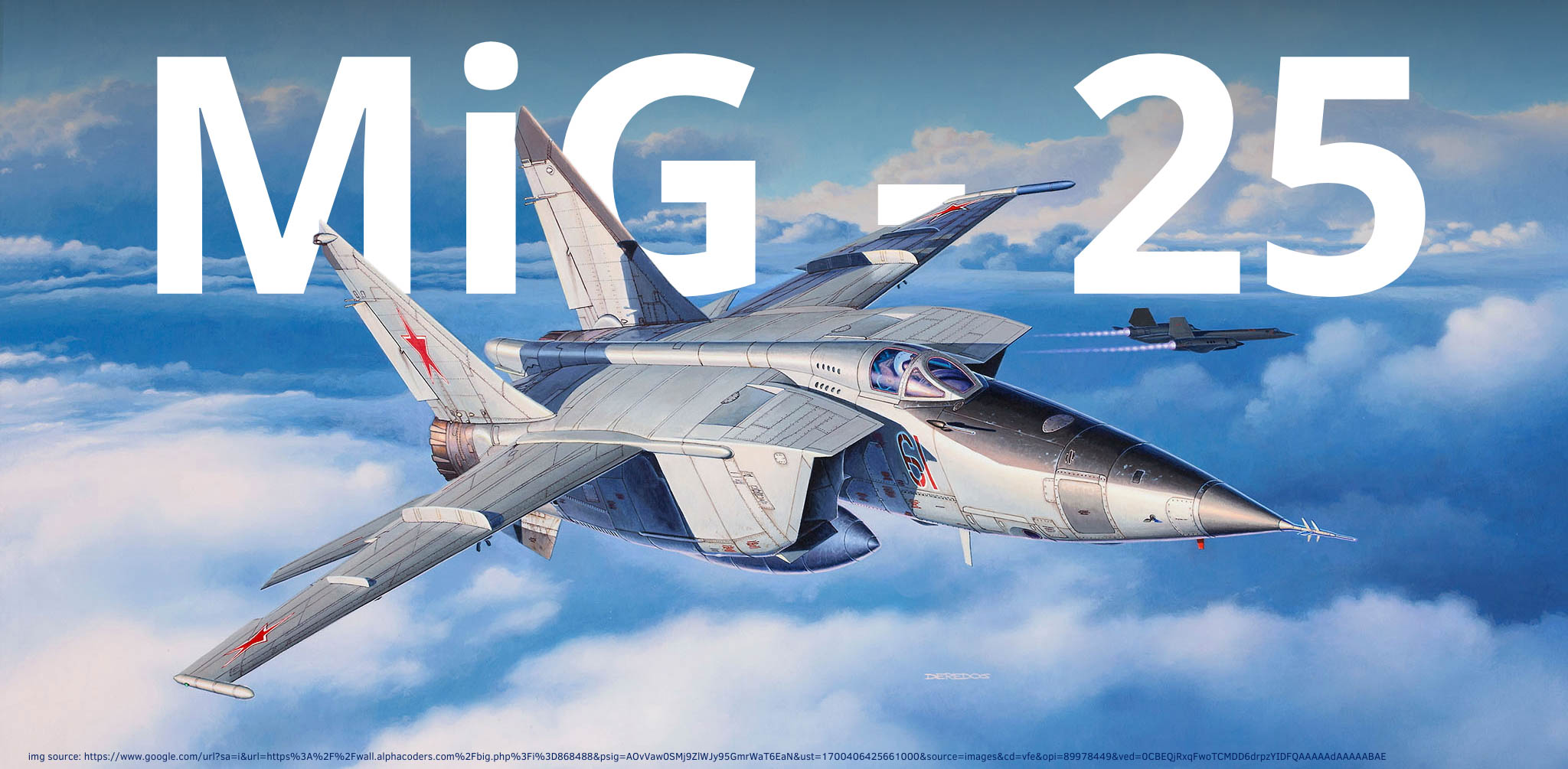

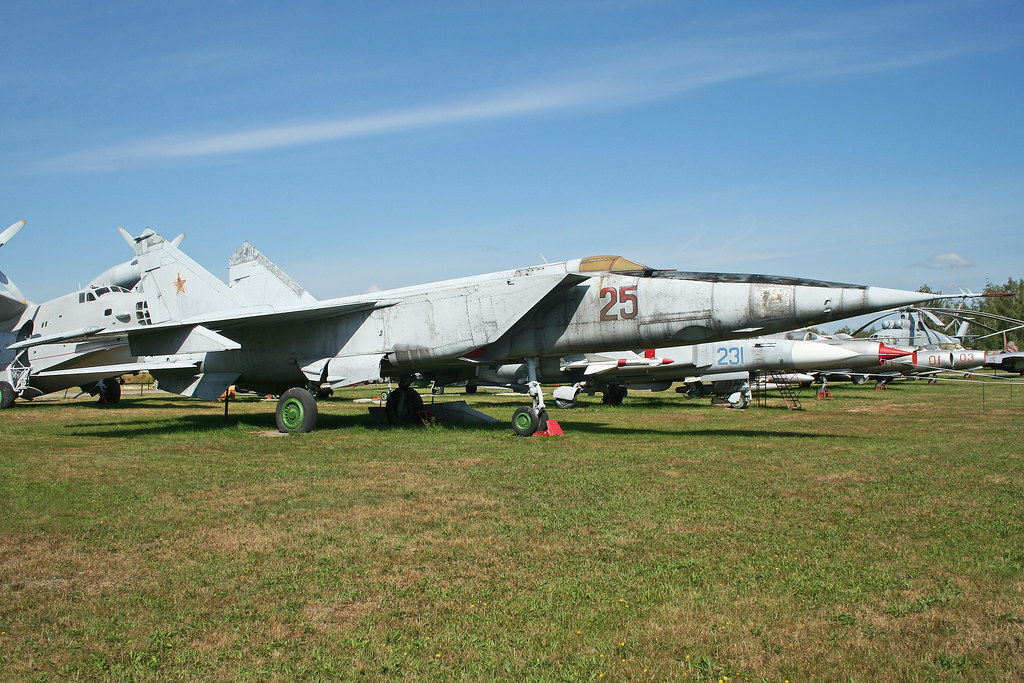
Reconnaissance prototypes. Two prototypes (Ye-155R-1 and Ye-155R-2) followed by four pre-production aircraft fitted with reconnaissance equipment.
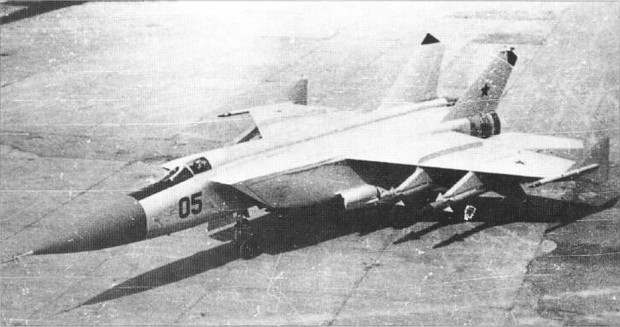
Interceptor fighter prototypes. Two prototypes (Ye-155P-1 and Ye-155P02) followed by nine pre-production aircraft.
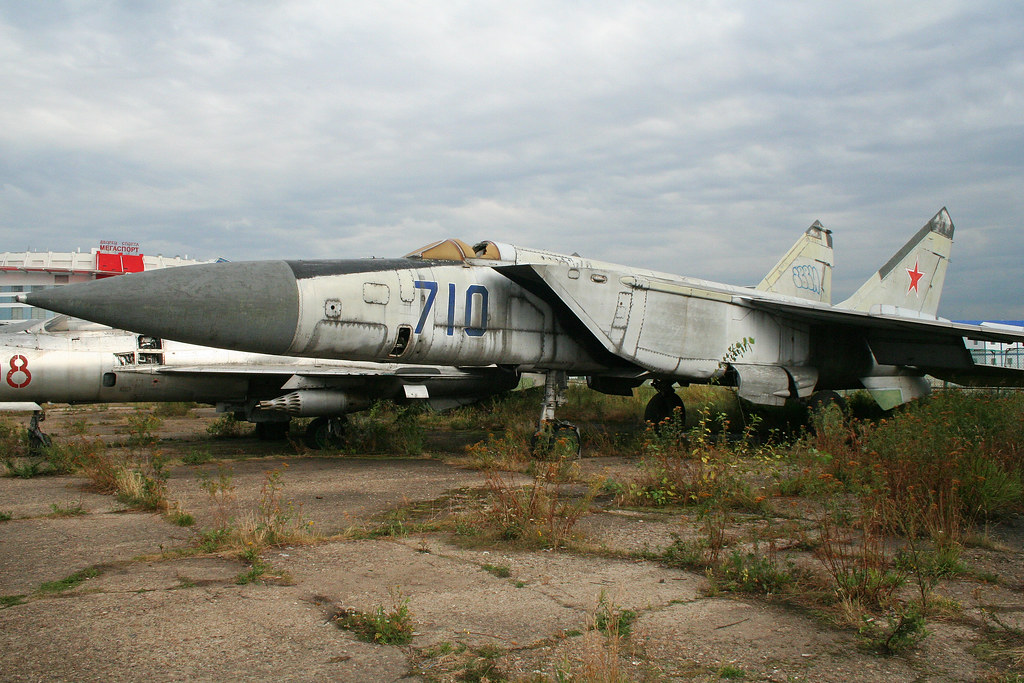
Designation applied to prototypes and pre-production aircraft (Ye-155R-1, Ye-155R-3 and Ye-155P-1) used for record breaking purposes in official documentation supplied to the Fédération Aéronautique Internationale.

Single-seat all-weather interceptor fighter aircraft, powered by two Tumansky R-15B-300 turbojet engines, fitted with RP-25 Smerch-A1 radar and armed with four R-40 air-to-air missiles. NATO designation Foxbat-A.
.jpg)
Improved single-seat all-weather interceptor fighter aircraft, which entered service from 1979. Fitted with R-15BD-300 engines and new N-005 Saphir-25 Pulse-Doppler radar with look-down/shoot down capability, based on the radar of the MiG-23ML. Late examples fitted with an undernose IRST. NATO designation Foxbat-E.
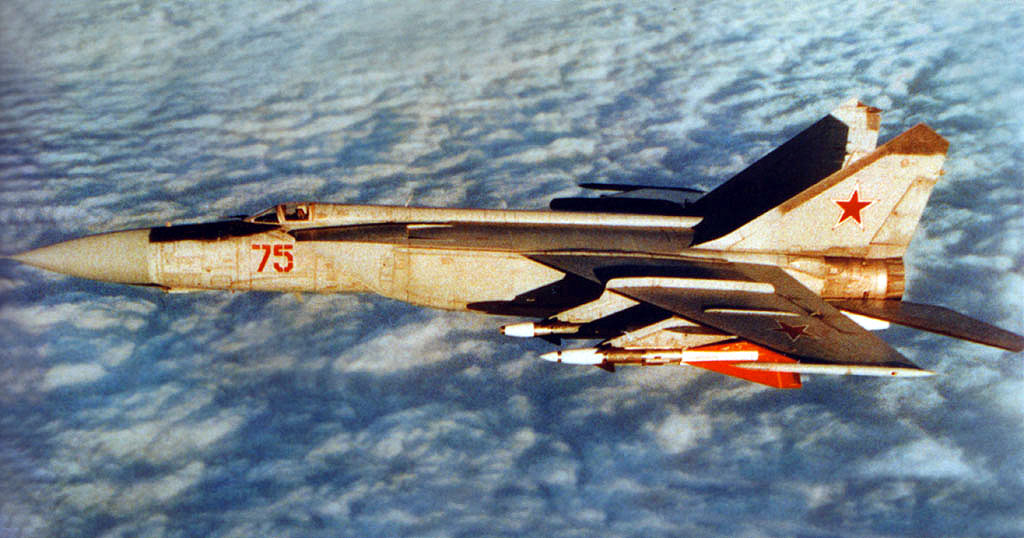
Upgrade of surviving MiG-25Ps to MiG-25PD standard from 1979. NATO designation Foxbat-E.
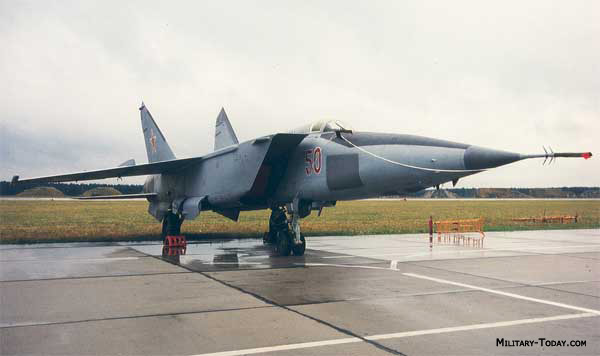
Single MiG-25PD modified by addition of electronic countermeasures (ECM) equipment.
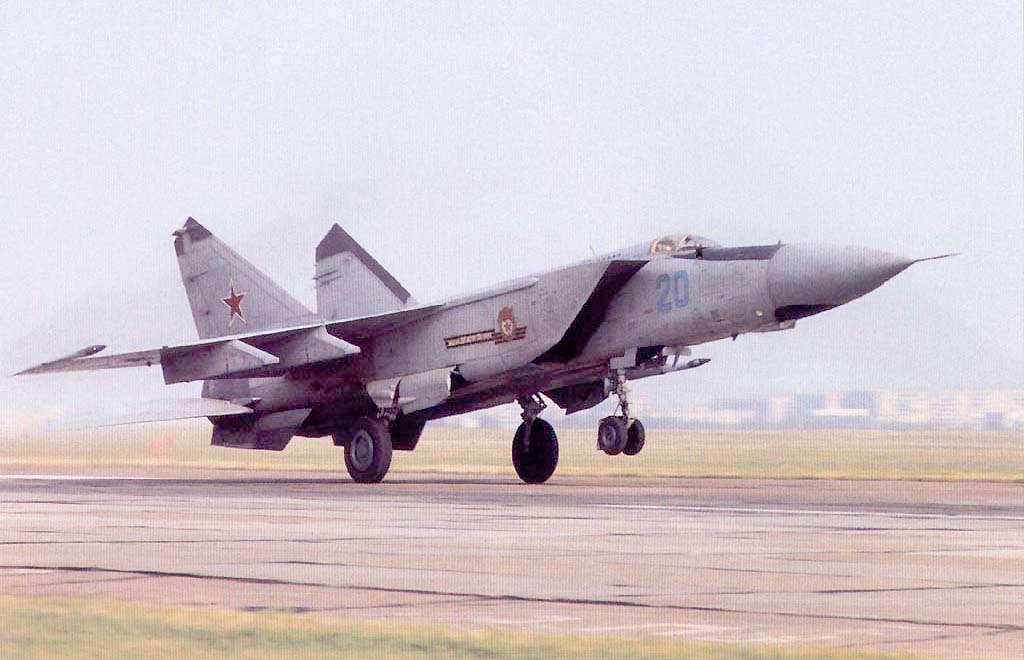
Single MiG-25PD modified with retractable in-flight refuelling probe.

Two testbeds (one converted from a MiG-25RB and one from a MiG-25PD) for more powerful (98.04 kN (22,040 lbf) dry, 129.71 kN (29,160 lbf) with afterburner) engines.
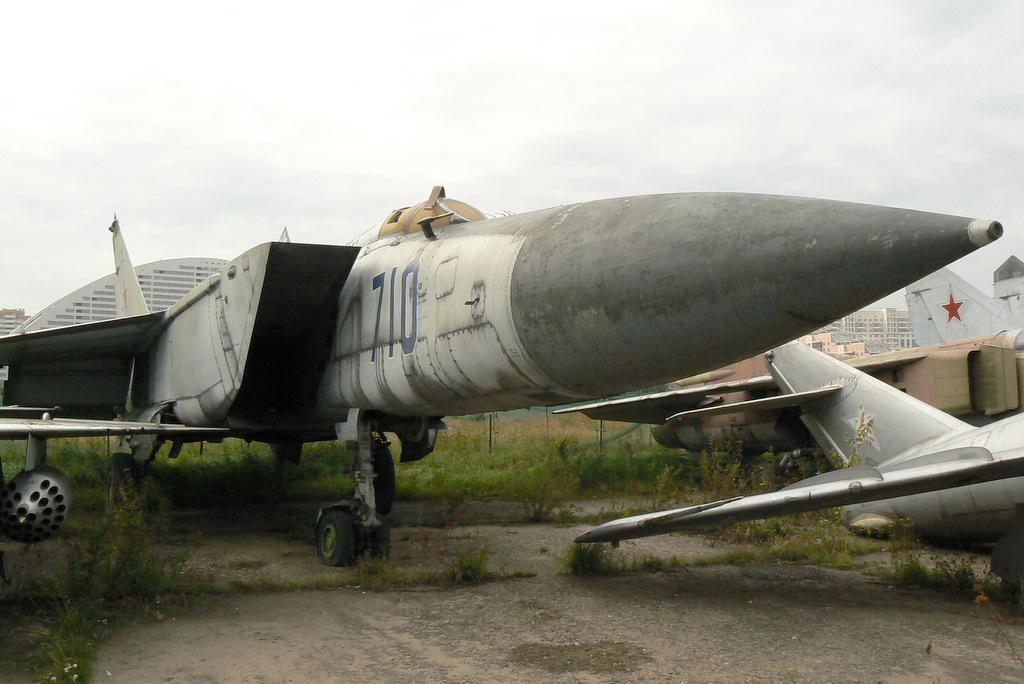
Designation applied to MiG-25M when used for record breaking in 1975 and 1977, including setting an absolute altitude record for a jet aircraft of 37,650 m (123,520 ft) on 31 August 1977.
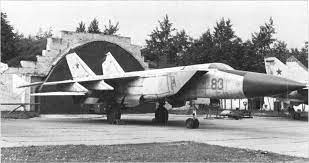
Two aircraft used as testbeds for Soloviev D-30F turbofan as later used in MiG-31.
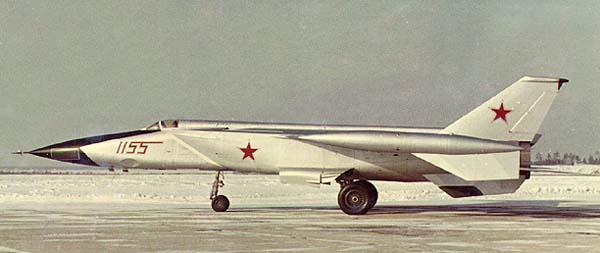
Single-seat high-altitude daylight reconnaissance aircraft, fitted with cameras and ELINT equipment. NATO codename Foxbat-B.
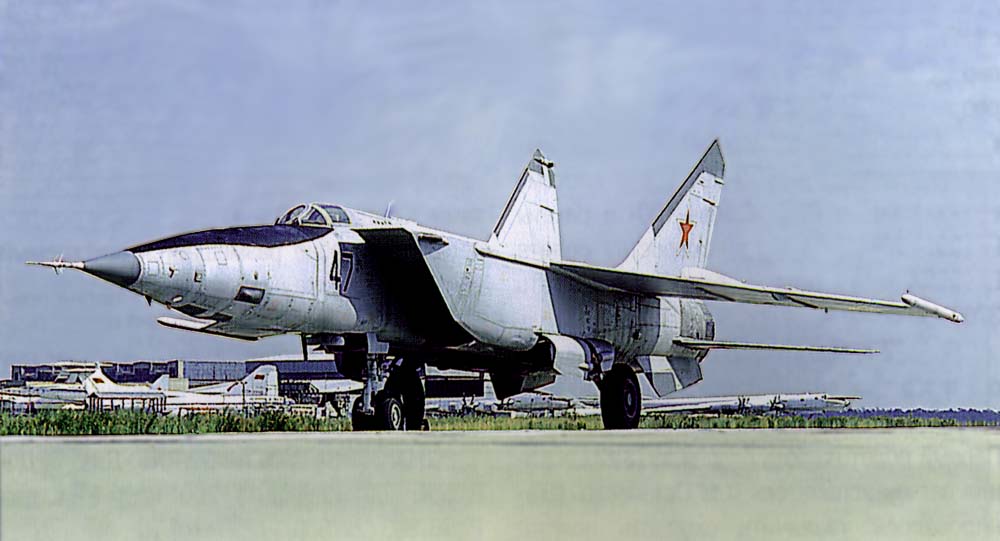
Single-seat reconnaissance-bomber derivative of MiG-25R, fitted with improved reconnaissance systems and a Peleng automatic bombing system. The aircraft can carry a bombload of eight 500 kg (1,100 lb) bombs. Entered service in 1970. NATO codename Foxbat-B.
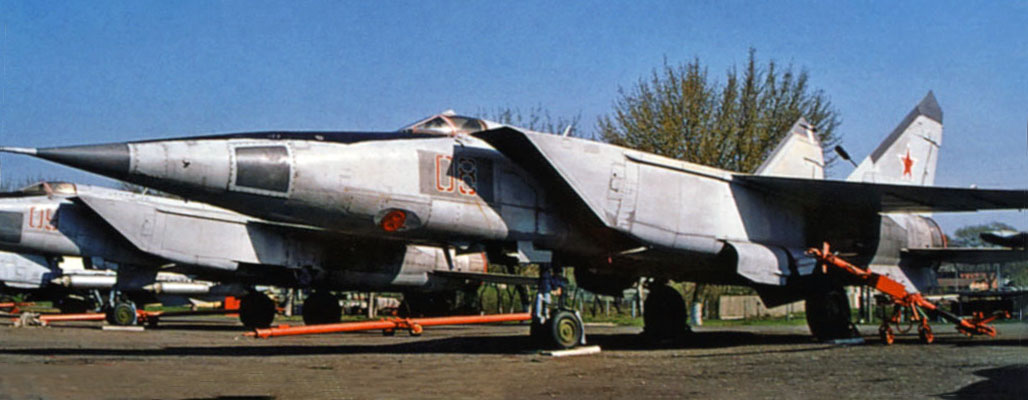
Modernised single-seat reconnaissance-bomber with revised ELINT equipment (SRS-9 Virazh). NATO codename Foxbat-B.

Further improved reconnaissance-bomber, with Tangazh ELINT equipment. NATO codename Foxbat-B.
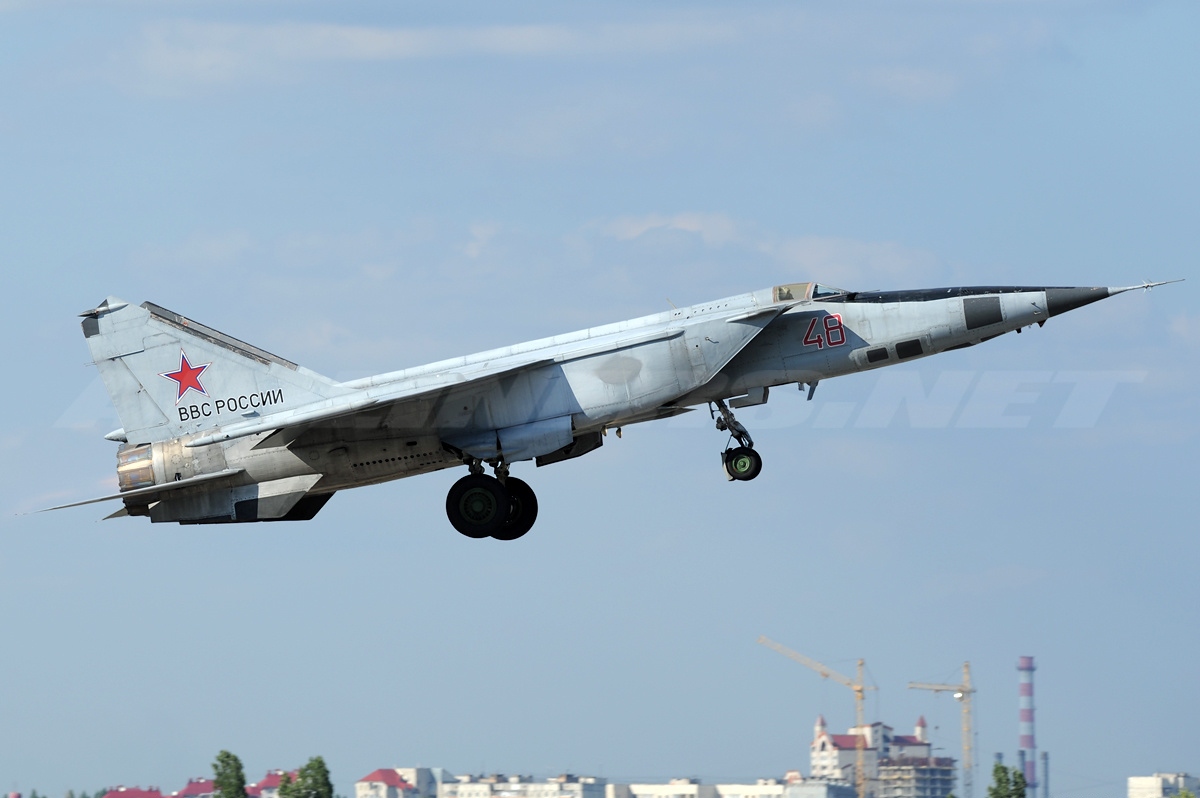
Dedicated night reconnaissance aircraft, carrying 10 photoflash bombs under the fuselage. Only single prototype built. NATO codename Foxbat-B.
.jpg)
Conversion of eight reconnaissance aircraft for high-altitude radiation sampling role. Used to monitor Chinese nuclear tests between 1970 and 1980. NATO codename Foxbat-B.
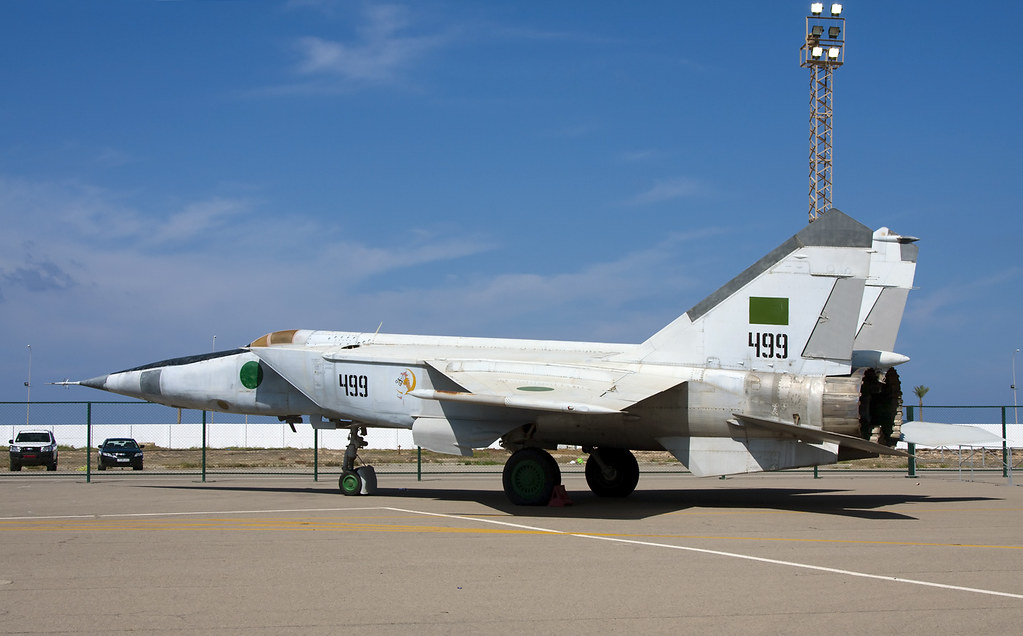
Single-seat dedicated ELINT aircraft, with Kub-3K ELINT system. Bombing capability retained but cameras not fitted. NATO codename Foxbat-D.
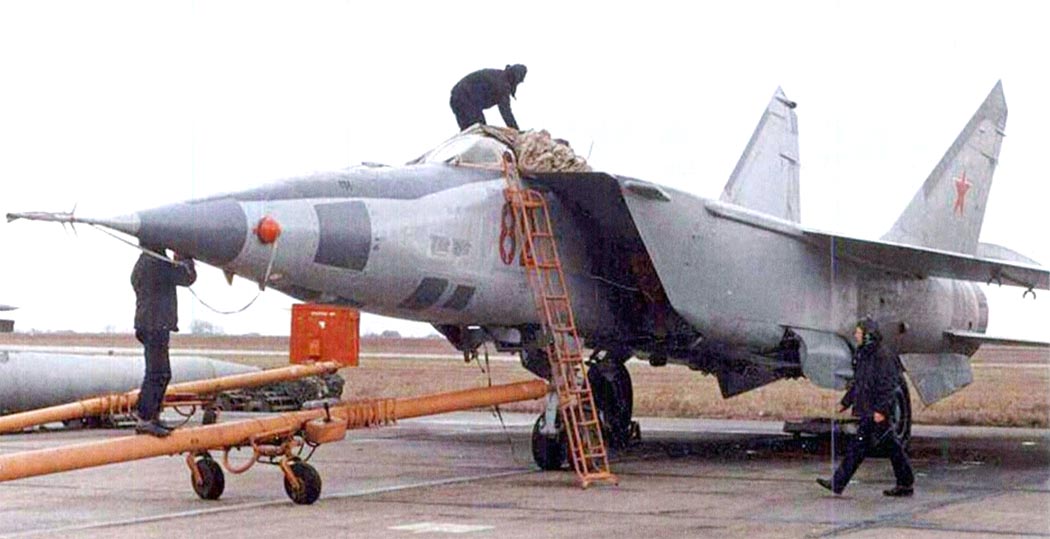
Conversion of MiG-25RBK with new Shar-25 ELINT equipment. NATO codename Foxbat-D.
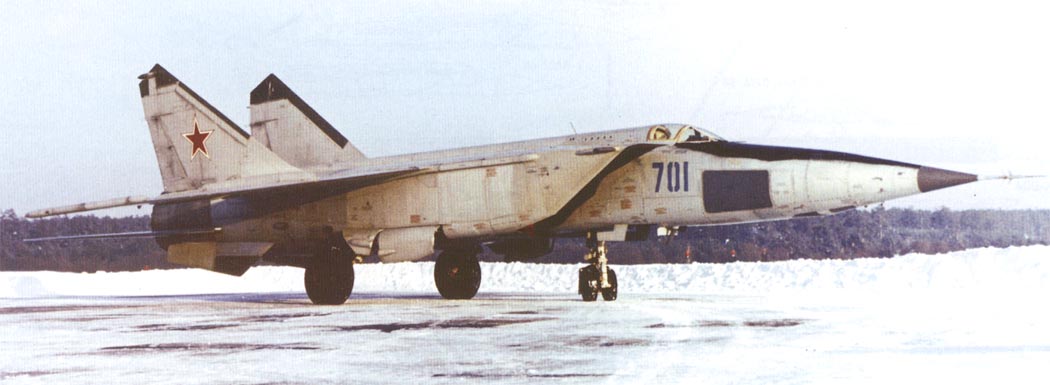
Single-seat radar-reconnaissance aircraft, with Sablya-E side looking airborne radar (SLAR). Cameras not fitted but bombing capability retained. NATO codename Foxbat-D.

MiG-25RBS fitted with more capable Shompol SLAR. NATO codename Foxbat-D.
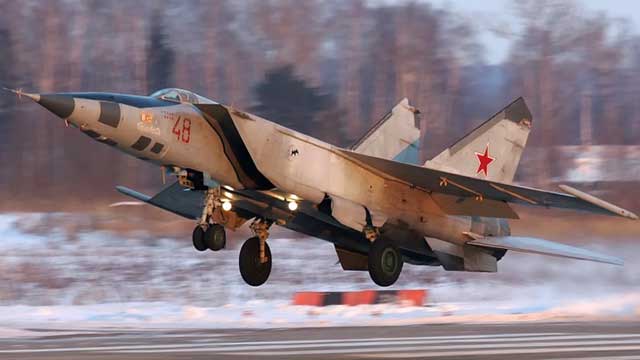
Single-seat air defence-suppression aircraft, armed with Kh-58 or Kh-31 air-to-surface missiles.
.jpg)
Two-seat conversion trainer for MiG-25P interceptors. Fitted with a new nose section with two separate cockpits. It has no radar and no combat capability. NATO codename Foxbat-C.
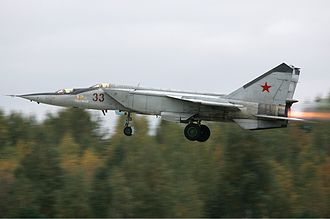
Two-seat conversion trainer for reconnaissance versions. Fitted with MiG-25R navigation system. NATO codename Foxbat-C.
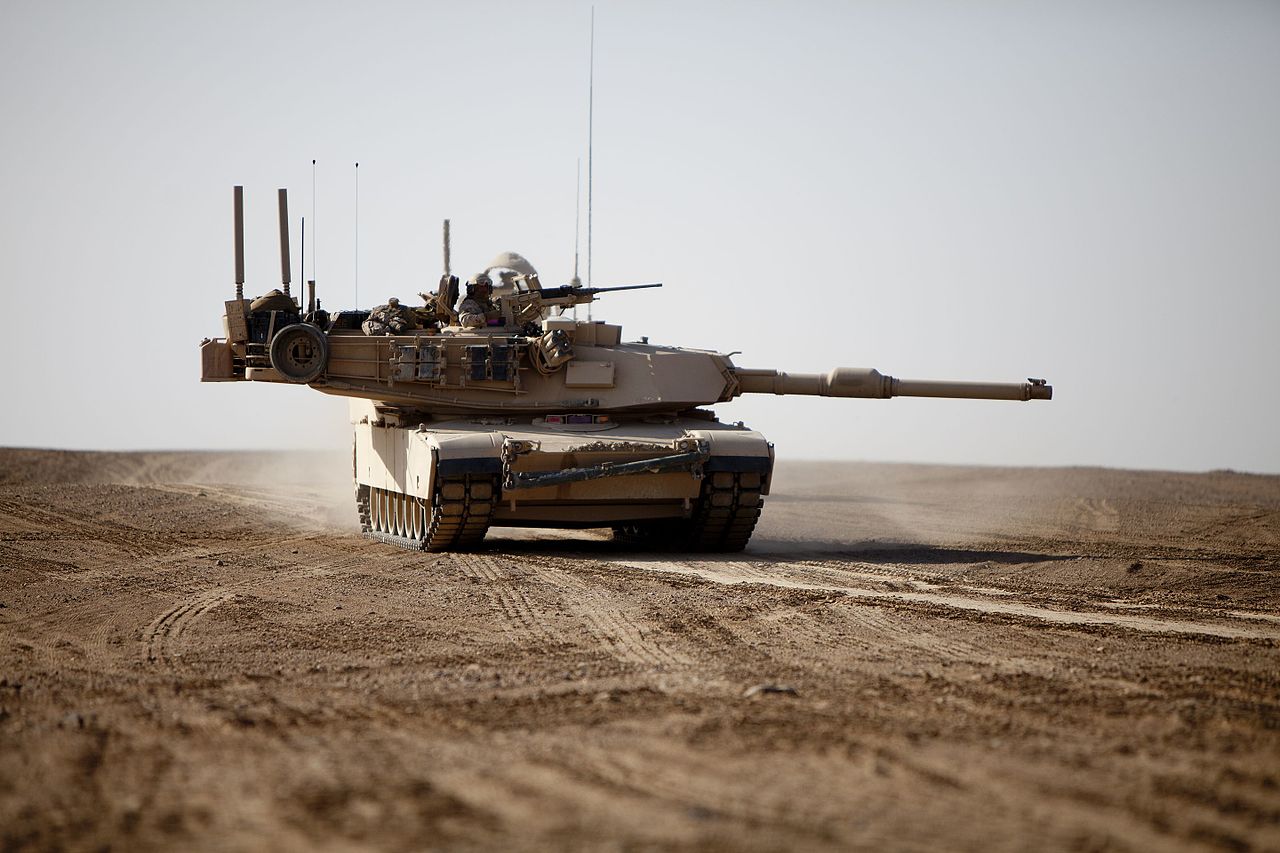
Designation given to single MiG-25PU used by Svetlana Savitskaya to establish a number of women's speed and height records, starting with speed over a 15–25 km (9.3–15.5 mi) course of 2,683.45 km/h (1,448.95 kn) on 22 June 1975.